Motion Control
For a product to be assembled successfully, it’s essential to move the right parts, to the right place, in the right orientation, at the right time. Motion control technology makes that happen.
ARTICLES
EVENTS
Featured Event Industry
5/1/24 to 5/2/24
Music City Center
201 Rep. John Lewis Way S
Nashville, TN
United States
The ASSEMBLY Show South
Get our new eMagazine delivered to your inbox every month.
Stay in the know on the latest assembly trends.
SUBSCRIBE TODAY!Copyright ©2024. All Rights Reserved BNP Media.
Design, CMS, Hosting & Web Development :: ePublishing
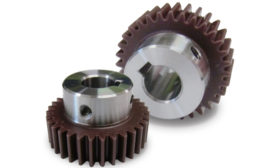

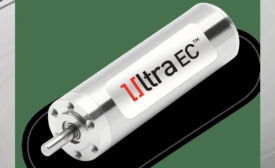
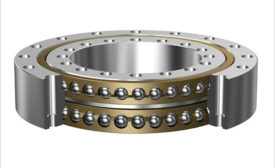
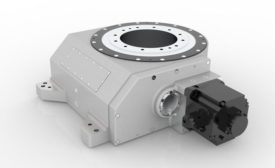
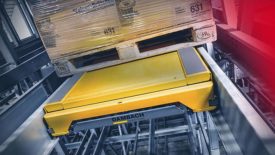
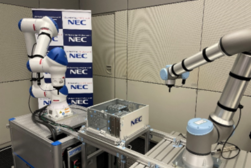

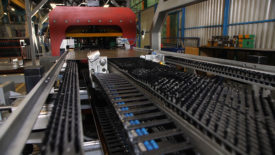
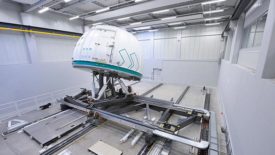
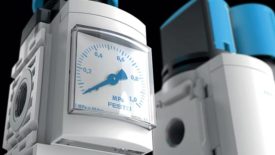
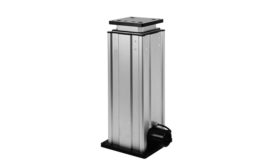
 ASSEMBLY is thrilled to return to the Music City Center in Nashville, TN for The ASSEMBLY Show SOUTH on May 1-2, 2024. This is a booming time for manufacturing and the U.S. South is right in the heart of the action. According to ASSEMBLY’s most recent annual capital spending survey, the South is projected to account for 31 percent of total spending this year, marking the fifth straight year this region has accounted for at least 30 percent of capital spending in the U.S.
ASSEMBLY is thrilled to return to the Music City Center in Nashville, TN for The ASSEMBLY Show SOUTH on May 1-2, 2024. This is a booming time for manufacturing and the U.S. South is right in the heart of the action. According to ASSEMBLY’s most recent annual capital spending survey, the South is projected to account for 31 percent of total spending this year, marking the fifth straight year this region has accounted for at least 30 percent of capital spending in the U.S.